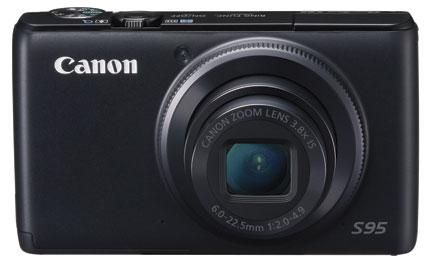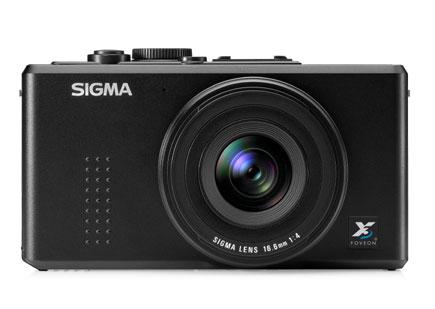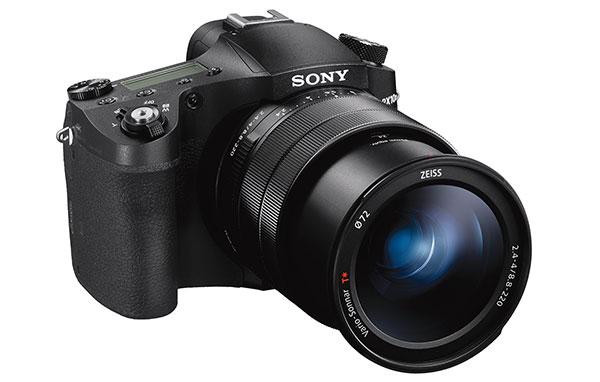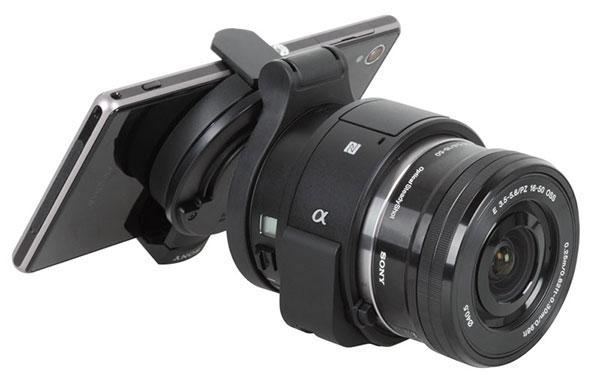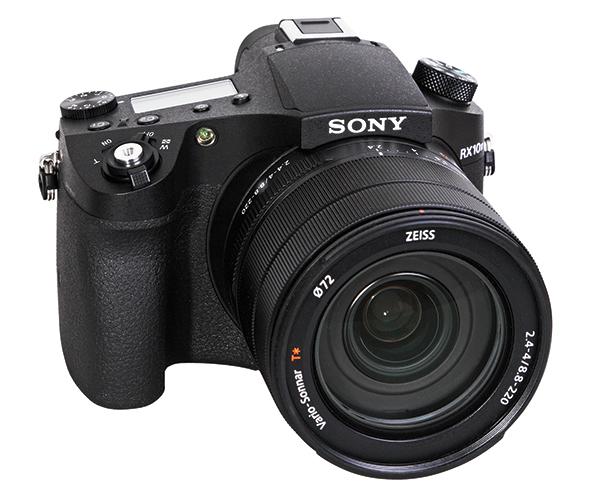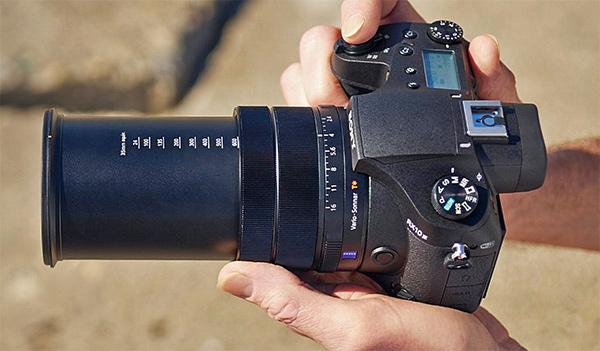Compact Camera Reviews
Sort By: Post DateTitle Publish Date
|
Feb 01, 2011 |
|
Nov 22, 2017 |
|
May 01, 2008 |
|
Apr 12, 2013 |
First Published: Mar 01, 2013 |
|
Oct 01, 2008 |
|
Dec 04, 2018 |
|
Mar 21, 2017 |
|
Jul 27, 2012 |
|
Dec 11, 2014 |
|
Oct 08, 2013 |
First Published: Sep 01, 2013 |
|
Dec 02, 2016 |

